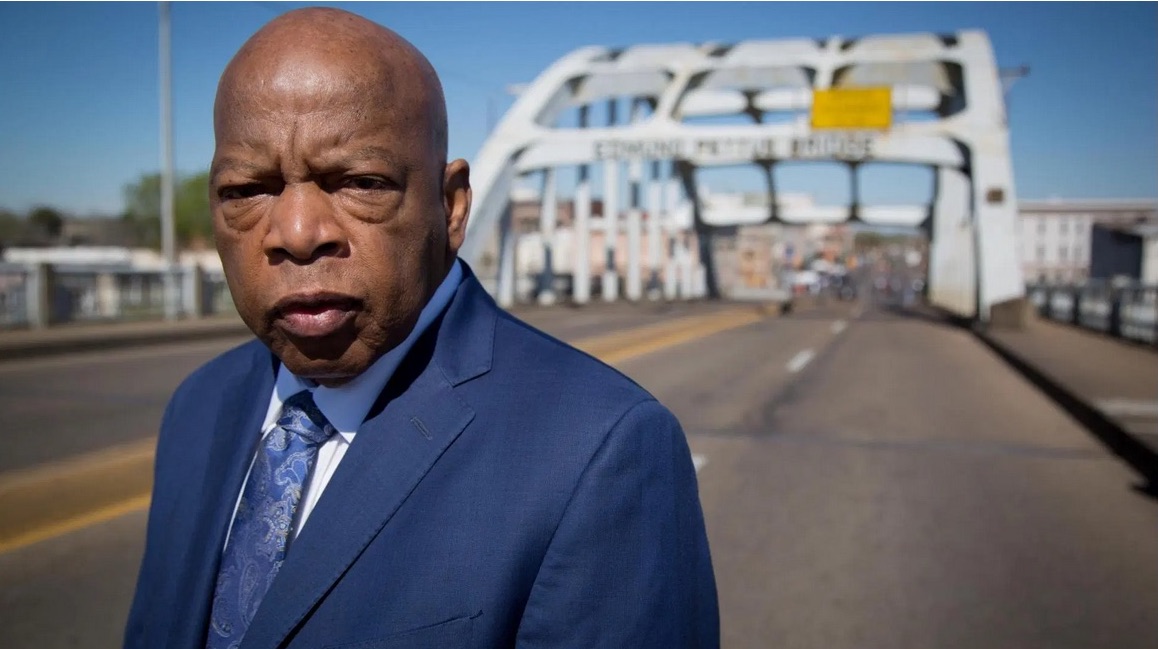
Fighting to Keep Blackness
A group of African American people protest racial injustice. Photo courtesy of NNPA By April Ryan As this nation observes the 60th anniversary of Bloody Sunday in Selma, Alabama, the words of President Trump reverberate. “This country will be WOKE no longer”, an emboldened Trump offered during his speech to a joint session of Congress Tuesday night. Since then, Alabama Congresswoman Terri Sewell posted on the social media platform formerly known as Twitter this morning that “Elon Musk and his DOGE bros have ordered GSA to sell off the site of the historic Freedom Riders Museum in Montgomery.” Her post













